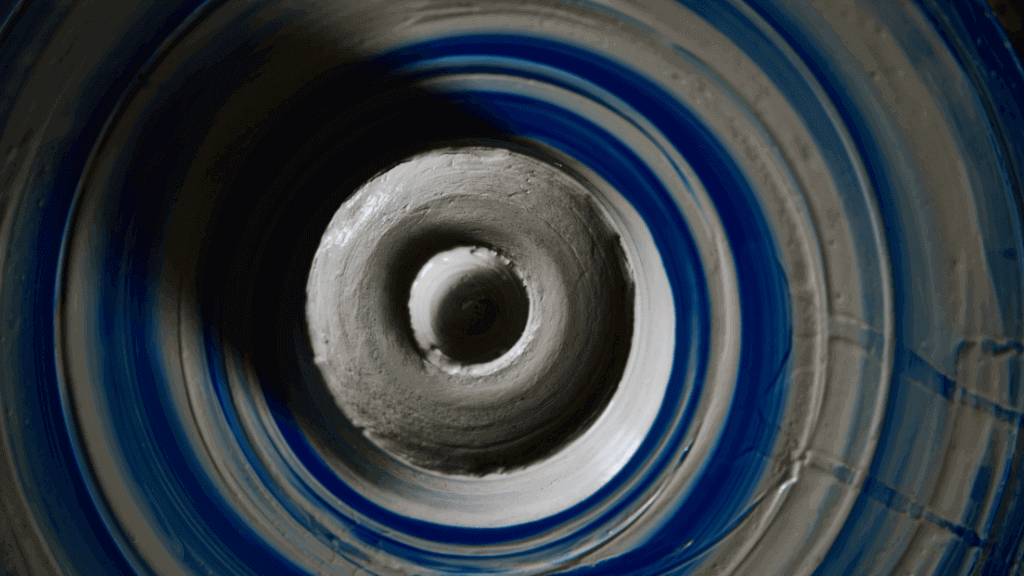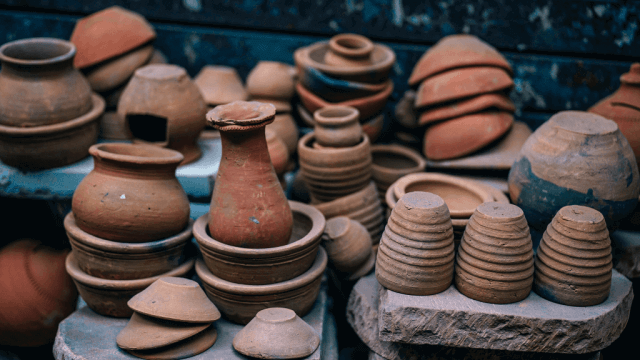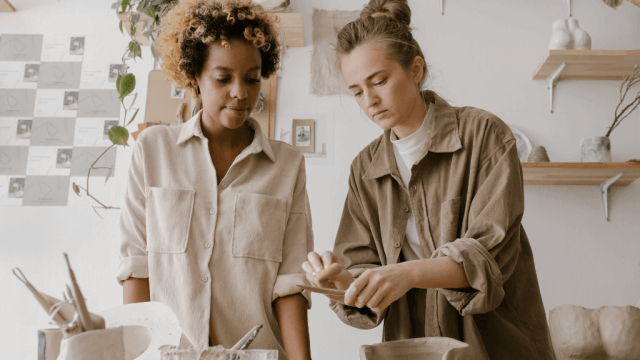A pottery wheel can be used to make various items, including mugs, bowls, plates, vases, jars, teapots and containers. Beginners may want to start with easier projects like cups or bowls, before attempting more complex items like teapots.
What are some beginner-friendly pottery wheel projects that one can make at home?
Beginner-friendly pottery wheel projects that one can make at home include flower vases, shell cups, egg plates, leaf plates, ceramic baskets, tea light holders, animal-shaped herb planters, happy faces, mugs and cups, bowls and plates, jewelry dishes, candle holders and more. A list of 21 pottery ideas for beginners, ordered from most straightforward to hardest, can be found on wheelandclay.com.
Can you recommend any advanced pottery wheel techniques that can be used to create unique pieces?
Advanced pottery wheel techniques can be used to create unique pieces. These include using mason stains to create colored clay, adding designs and details with slip trailing, throwing taller pots with specific types of clay, and using the coil pottery technique to make larger pieces. Additionally, tools and supplies needed for wheel-throwing pottery can be found in a guide from The Crucible, and tips and techniques for mastering the craft can be found on Soul Ceramics.
How do you determine what clay to use for a pottery wheel project?
When selecting clay for a pottery wheel project, stoneware clay with a fine grog is the best option for beginners. This type of clay is cooperative and versatile, making it easy to work with. Additionally, it is durable and can be fired at higher temperatures than other types of clay.
Are there any safety precautions that one should keep in mind when using a pottery wheel?
When using a pottery wheel, there are several safety precautions to remember. Make sure the wheel is turned off before starting to prevent accidental activation. Position your body around the wheel, keeping elbows in and not over-exerting or slumping your body over the work. Do not use any wheel, kiln, spray equipment, slab roller, grinder, etc., unless you have received personal instruction and permission from a staff person. Cleaning the pottery wheel regularly and storing clay in containers or bags is best, as well as removing clay trimmings when they are still leather-hard. Additionally, do not overload the wheel head with clay or force it to stop, and bear in mind that potter’s wheels are built to handle dirt and grit associated with throwing clay.
What popular glazing techniques can be used to add color and texture to pottery wheel projects?
Popular glazing techniques for pottery wheel projects include dipping, dripping or pouring, brushing, spraying, splattering, stippling, sponging, glaze trailing, and glazing with wax resist. These techniques can be used to add unique colors and textures to pieces before firing. Different glazes have other uses and can be applied in a traditional or DIY kiln. Glazing pottery at home is possible with or without a kiln, and adding glazes to textured clay pieces can bring out the design even more.











